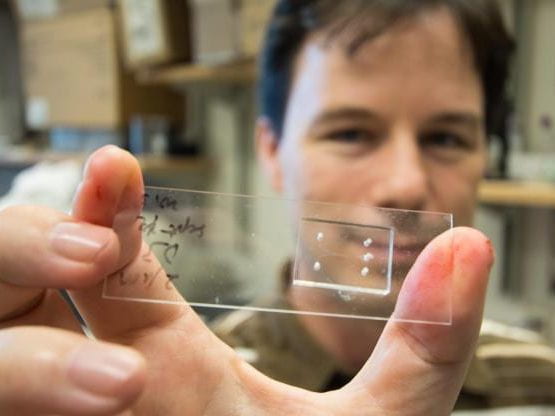
Stem cell treatment may restore vision to patients with damaged corneas
Researchers with the Regenerative Engineering and Medicine research center (REM) have developed a new way to identify and sort stem cells that may one day allow clinicians to restore vision to people with damaged corneas using the patient’s own eye tissue. They published their findings in Biophysical Journal.
The cornea is a transparent layer of tissue covering the front of the eye, and its health is maintained by a group of cells called limbal stem cells. But when these cells are damaged by trauma or disease, the cornea loses its ability to self-repair.
“Damage to the limbus, which is where the clear part of the eye meets the white part of the eye, can cause the cornea to break down very rapidly,” said James Lauderdale, an associate professor of cellular biology in the University of Georgia’s (UGA) Franklin College of Arts and Sciences and paper co-author. “The only way to repair the cornea right now is do a limbal cell transplant from donated tissue.”
In their study, researchers used a new type of highly sensitive atomic force microscopy, or AFM, to analyze eye cell cultures. Created by Todd Sulchek, a researcher at the Petit Institute for Bioengineering and Bioscience and an associate professor in the George W. Woodruff School of Mechanical Engineering at Georgia Tech, the technique allowed researchers to probe and exert force on individual cells to learn more about the cell’s overall health and its ability to turn into different types of mature cells.
Read the complete story here.
Release Date: Friday, March 17, 2017
